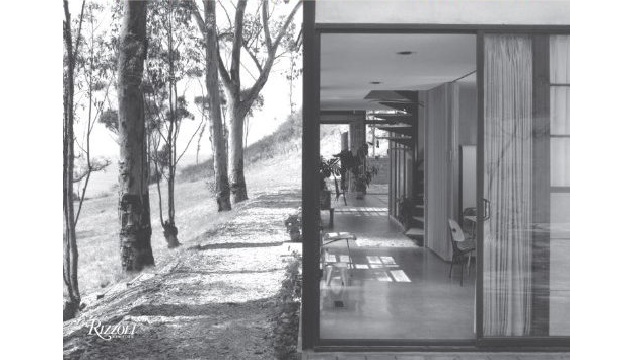The New York Philharmonic’s Alan Gilbert on What Makes a Great Conductor

There’s no set formula to what makes a great conductor, says Alan Gilbert, the music director of the New York Philharmonic; it’s an ineffable quality that you know when you see it. “It’s like the duck,” says Gilbert. “It’s hard
to describe a duck, but when you see a duck you know it’s a duck
because that’s what a duck is. A great conductor is someone who can
work with musicians and stand in front of them and bring out the best in
them and create a musical experience that communicates to the
audience.”
In his Big Think interview, Gilbert talks about the importance of preparation in keeping his mind focused during a long performance. “I like to go into a rehearsal or a concert knowing
that I know how it’s going to go,” he says. “Not that I know exactly how it will
play out or how it will feel musically or artistically, but I don’t
allow myself to enter a situation without doing adequate preparation.
That means focusing beforehand but also creating the situation in which
it’s possible to be 100% focused in the moment.”
Gilbert also talks about the challenge of getting dozens of musicians to play as one, talking about the particular challenge of trying to get a orchestra back together after one musician (or more) falls out of sync. “If there are conflicting currents
onstage, then you have to make a choice,” he says. “You have to either give in or
insist. For the other musicians onstage, if they sense two currents, if
they say… for example, if I show one thing and they hear a response
to that that is not in sync, then they have a dilemma; they have to
choose, ‘Do I go with what I see from the conductor or do I go with what
I hear?'” Gilbert says he instructs his orchestra in those situations to continue following his lead precisely, so as to take away the element of question.
Sometimes even a facial tic by a conductor can affect how musicians play. Gilbert describes how he keeps his expressions in tune with the music and also gives a brief lesson on how a conductor uses the baton to guide a disparate orchestra.





